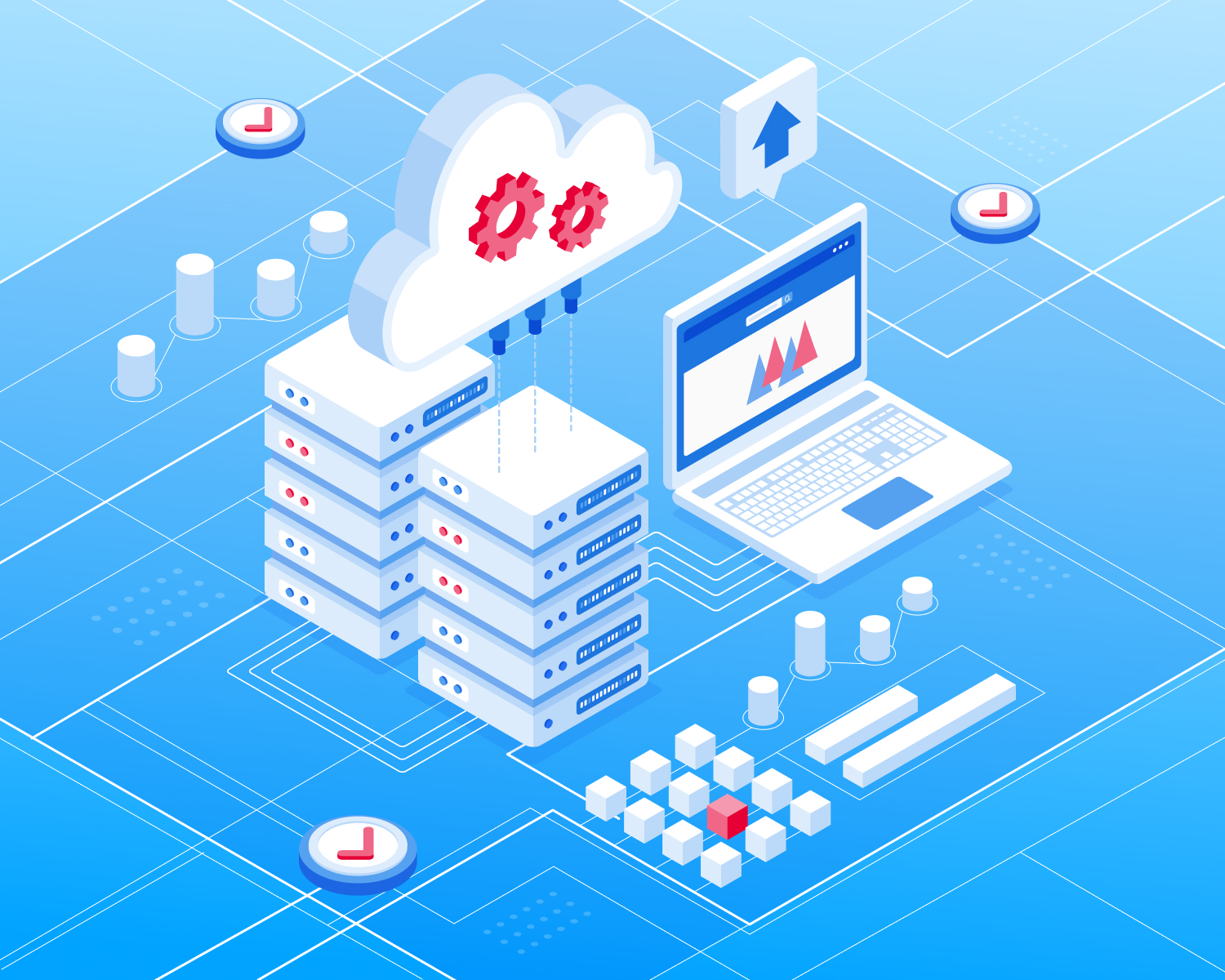Cloud computing has revolutionized the way businesses and individuals manage and store data, offering a myriad of benefits alongside some potential drawbacks. In this article, we delve into the advantages and disadvantages of cloud computing to help you make informed decisions about its adoption.
Cloud Computing

Cloud computing refers to the delivery of computing services over the internet, including storage, databases, servers, networking, software, analytics, and intelligence. Instead of owning physical hardware and infrastructure, users can access resources on-demand from cloud service providers.
Benefits of Cloud Computing

Cost-effectiveness
One of the primary benefits of cloud computing is its cost-effectiveness. Businesses can significantly reduce upfront capital expenditures by eliminating the need to invest in hardware, infrastructure, and maintenance. Cloud services typically operate on a pay-as-you-go model, allowing organizations to scale resources based on their needs and budget.
Scalability and Flexibility
Cloud computing offers unparalleled scalability and flexibility, enabling businesses to rapidly scale up or down based on demand. Whether you're experiencing seasonal spikes or sudden growth, cloud platforms can seamlessly adjust resources to accommodate fluctuations in workload, ensuring optimal performance and cost-efficiency.
Accessibility and Convenience
Cloud computing provides anytime, anywhere access to data and applications, empowering users to work from any device with an internet connection. This accessibility fosters collaboration among remote teams, enhances productivity, and enables flexible work arrangements, such as telecommuting and remote work.
Disaster Recovery and Backup
Cloud computing offers robust disaster recovery and backup solutions, safeguarding data against loss, theft, or natural disasters. Cloud providers implement redundant data storage and backup mechanisms across multiple geographic locations, ensuring high availability and data integrity. In the event of a disaster, businesses can quickly recover data and resume operations without significant downtime.
Collaboration and Remote Work Facilitation
Cloud computing facilitates seamless collaboration among distributed teams by providing centralized access to shared documents, files, and applications. With real-time collaboration tools and communication platforms, teams can collaborate efficiently, irrespective of their location or time zone. This fosters innovation, improves decision-making, and enhances organizational agility.
Drawbacks of Cloud Computing

Security Concerns
Security remains a major concern for organizations migrating to the cloud. While cloud providers implement robust security measures, including encryption, access controls, and monitoring, the shared nature of cloud environments introduces potential vulnerabilities. Data breaches, unauthorized access, and compliance violations are some of the security risks associated with cloud computing.
Dependency on Internet Connectivity
Cloud computing relies heavily on internet connectivity, making organizations vulnerable to network outages or disruptions. Inadequate bandwidth, latency issues, and service interruptions can hinder access to cloud resources, impacting productivity and business continuity. Ensuring reliable internet connectivity is essential for maximizing the benefits of cloud computing.
Potential for Downtime
Despite the redundancy and reliability of cloud infrastructure, service outages can occur due to hardware failures, software glitches, or cyber attacks. Cloud service providers typically guarantee a certain level of uptime through service level agreements (SLAs), but downtime can still occur, affecting service availability and user experience. Organizations must implement contingency plans and disaster recovery strategies to mitigate the impact of downtime.
Limited Customization Options
Cloud computing platforms may offer limited customization options compared to on-premises solutions, restricting organizations' ability to tailor resources and configurations to their specific requirements. While cloud services are designed for scalability and standardization, some businesses may encounter limitations in terms of software compatibility, performance optimization, or regulatory compliance.
Data Privacy and Compliance Issues
Storing sensitive data in the cloud raises concerns regarding data privacy, sovereignty, and regulatory compliance. Organizations must ensure compliance with data protection regulations, such as GDPR, HIPAA, or PCI DSS, when handling personal or confidential information in the cloud. Data residency requirements, jurisdictional issues, and legal considerations further complicate cloud adoption for certain industries and regions.
Case Studies

To illustrate the benefits and drawbacks of cloud computing, let's examine two case studies:
-
Company A: Successfully migrated its infrastructure to the cloud, reducing IT costs by 30% and improving scalability and flexibility. However, experienced a security breach due to misconfigured permissions, highlighting the importance of robust security measures.
-
Company B: Leveraged cloud-based collaboration tools to enable remote work during the COVID-19 pandemic, enhancing productivity and employee satisfaction. However, faced connectivity issues during a network outage, underscoring the dependency on internet connectivity.
Future Trends in Cloud Computing

The future of cloud computing holds promising advancements, including edge computing, serverless architecture, hybrid cloud deployments, and artificial intelligence-driven automation. These innovations will further enhance the scalability, performance, and security of cloud services, shaping the digital landscape for years to come.
Conclusion
In conclusion, cloud computing offers numerous benefits, including cost-effectiveness, scalability, accessibility, disaster recovery, and collaboration. However, it also presents challenges such as security concerns, internet dependency, downtime risks, customization limitations, and compliance issues. By understanding these benefits and drawbacks, organizations can make informed decisions about adopting and optimizing cloud computing solutions to drive innovation and competitiveness.
FAQs
Q. What industries benefit the most from cloud computing?
Ans: Cloud computing benefits industries such as technology, healthcare, finance, education, and retail by enabling cost-effective scalability, flexibility, and innovation.
Q. How can businesses ensure data security in the cloud?
Ans: Businesses can enhance data security in the cloud by implementing encryption, access controls, regular audits, employee training, and compliance with regulatory standards.
Q. Is cloud computing suitable for small businesses?
Ans: Yes, cloud computing is particularly advantageous for small businesses due to its affordability, scalability, accessibility, and reduced IT maintenance requirements.
Q. What are the alternatives to cloud computing?
Ans: Alternatives to cloud computing include on-premises infrastructure, hybrid cloud deployments, edge computing, and decentralized storage solutions.
Q. How does cloud computing impact job roles in IT?
Ans: Cloud computing transforms traditional IT roles by emphasizing skills in cloud architecture, cybersecurity, automation, DevOps, and data analytics, driving demand for specialized talent in the digital workforce.




.webp)

